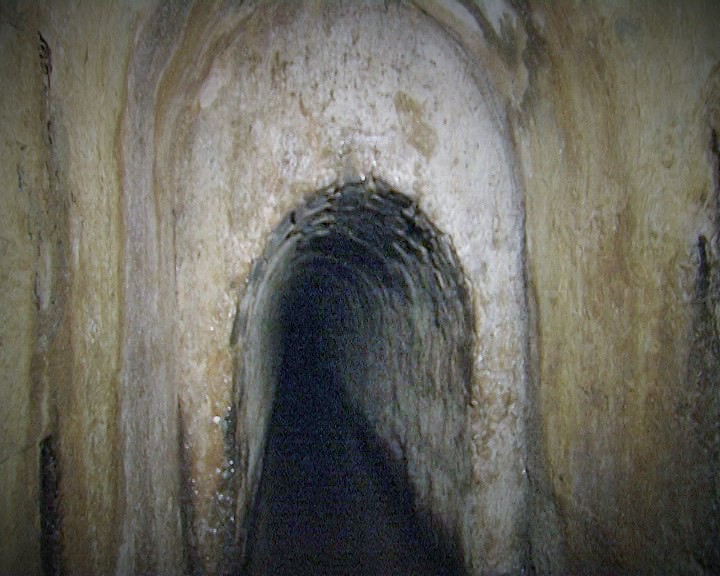Tucked in the heart of the Eastern Mau area of Molo Constituency is an abandoned arched six-kilometer long underground tunnel constructed by colonial settlers during the Second World War that sticks out prominently.
At first sight, the tunnel made up of quarry stones and reinforced with steel and concrete is breathtaking. It is an architectural structure of a colonial era portraying wealth and extravagance.
Surprisingly, for years, no government official nor historians appear to have taken any interest in the existence of the tunnel with locals sharply divided over what actually motivated colonial authorities to invest in such a colossal structure.

Picture by Dennis Rasto
A section of locals claim that the tunnel was a bomb shelter used by Allied Forces as they battled the Adolf Hitler led Germany Army under direction of British Prime Minister Winston Churchill during one of the most expensive and bloodletting battles. Others however maintain it was a harmless aqueduct constructed to carry water from a nearby stream to a distribution point for onward supply to white settler farms.
The opening of the tunnel was designed in such a way that one had to stoop low on entry; then the roof slowly sloped upwards until one was able to stand and walk upright. Thousands of bats have colonized the monument and turned the once magnificent architectural masterpiece into their home.
Joseph Chesaina, aged 62, recalls that his father who lived at Mariashoni told him that the tunnel, which was well guarded by colonial police was completed around 1944 and was situated near a school which the Whiteman later pulled down.
To the few who know that bit of history, the “tunnel in the bushes” is a constant reminder of the terror visited upon them by colonialists when the State of Emergency was declared in October 1952. “By 1952, as the conflict between Africans and colonialists was threatening to spiral out of control, the shocked settlers who were settled around the tunnel ordered guards manning it to oversee demolition of the mud walled and grass thatched school.
“Notable alumni of this school that catered for Ogiek and Kikuyu children were Njenga Mungai who went on to become a long serving Molo Member of Parliament and Kariuki Chotara an influential KANU operative who straddled Nakuru’s political landscape like a colossus” explained Chesaina.
Though many local residents claim that the mega structure was constructed by Italians, Chesaina said he learnt from his father that the tunnel was built by labourers who were brought in phases from Eastern, Western and Nyanza regions.
“According to my father as construction works neared completion, the white men recruited Ogieks living on the forest’s fringes to continue with work.
They later established manned outposts in areas around the tunnel at Gichagi, Sirikwa, Likia, Sururu, Teret, Nessuit, Mariashoni and Baraget. The tunnel was well equipped with shelters and reinforced concrete safes,” he said.
The arched tunnel snakes from a heavily forested section at Mariashoni all the way to a small mound where a circular tower serves as an exit.
At the small mount, eight breathers which locals believe served as ventilators sprout from the underground structure. Inside, one comes across reinforced concrete bunkers and what looks like compartments.
Joseph Kipkemoi claims part of the tunnel caved in more than 20 years ago after a huge explosion was heard inside leaving a gaping crater.
He says the tunnel was fitted with concrete bunkers complete with steel casement doors with huge circular locks. Kipkemoi further said the structure’s engineers deliberately designed long and winding diversions that could easily confuse a visitor.
The exit, which features a dilapidated and rusty tower, is fitted with a flight of stairs equipped with eight ladders. Kipkemoi noted that originally, the steel ladders were ten, and that the upper most two were vandalized. At the exit a huge hole created by the 1997 explosion is visible.
Area residents now say the Nakuru County government should fence off the tunnel that is now filled with water. This, he says, will enable the county to earn money from dozens of tourists visiting the site.
“The county government needs to step in and preserve the tunnel, which has the potential to become a major tourist attraction. That way, they can easily earn money by charging visitors a small fee,” said Peter Lang’at, a resident
By Jane Ngugi/Dennis Rasto





